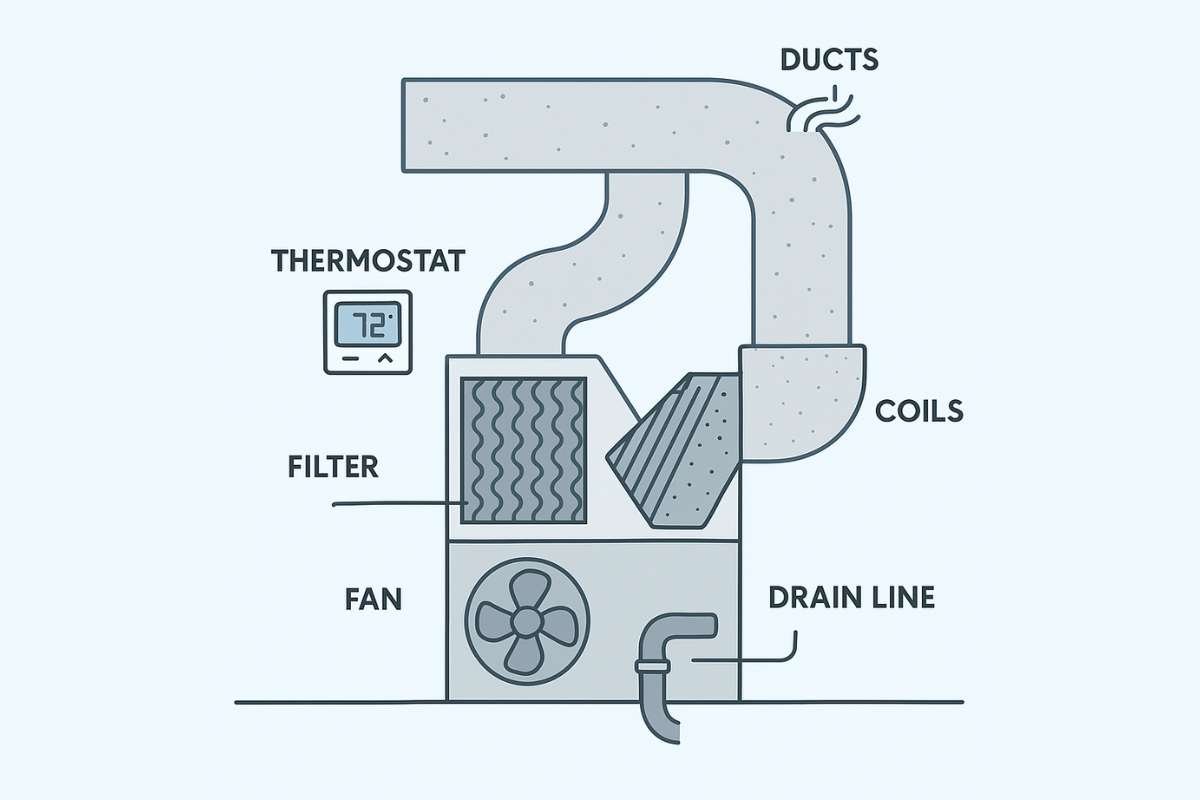Online businesses face numerous challenges, and one of the most significant is credit card fraud. As e-commerce continues to grow, so does the sophistication of fraudsters. This article will guide you through effective strategies to protect your online business and customers from credit card fraud.
Understanding the Threat
Credit card fraud can take many forms, from stolen card information to more complex schemes. For online businesses, the consequences can be severe, including financial losses, damaged reputation, and loss of customer trust. Did you know that many credit repair companies frequently encounter cases of identity theft when individuals are trying to fix their bad credit? This often occurs when thieves use stolen information to open new accounts in someone else’s name, creating a tangled web of financial issues.
Understanding the types of fraud you might encounter is the first step in prevention. By staying informed about these risks, you can implement effective strategies to protect your business and your customers.
Common Types of Online Credit Card Fraud
1. Identity theft
Fraudsters use stolen personal information to make unauthorized purchases.
2. Card-not-present (CNP) fraud
This occurs when criminals use stolen card details for online transactions.
3. Friendly fraud
Legitimate customers dispute charges they actually made, claiming they didn’t receive the goods or services.
4. Account takeover
Hackers gain access to a customer’s account and make unauthorized purchases.
Implementing Strong Authentication Measures
One of the most effective ways to reduce fraud is by implementing robust authentication methods. These techniques act as a digital handshake, helping us confirm that the person making the purchase is indeed the rightful card owner.
1. Multi-Factor Authentication (MFA)
Implementing Multi-Factor Authentication (MFA) enhances the security of online transactions by adding multiple layers of verification. This robust system typically incorporates three distinct elements of authentication.
The first is something the user knows, such as a password or PIN. The second involves something the user possesses, commonly a mobile device, which can receive a one-time verification code. The third factor is something inherent to the user, such as biometric data like fingerprints or facial recognition.
By combining these diverse authentication methods, MFA significantly strengthens account security, making unauthorized access substantially more challenging for potential fraudsters while maintaining a streamlined experience for legitimate users.
2. Address Verification System (AVS)
Use AVS to compare the billing address provided by the customer with the address on file with the card issuer. When address details don’t align, the system automatically escalates the transaction for closer examination.
Leveraging Advanced Fraud Detection Tools
Modern technology offers powerful tools to detect and prevent fraud. Investing in these solutions can significantly reduce your risk.
1. Machine Learning and AI
Utilize machine learning algorithms to analyze transaction patterns and flag suspicious activities. These systems can learn and adapt to new fraud tactics over time.
2. Real-Time Fraud Scoring
Implement a system that assigns a risk score to each transaction based on various factors. High-risk transactions can be flagged for manual review or additional verification.
Secure Payment Processing
The way you accept credit card payments online can significantly impact your fraud prevention efforts. Ensure that your payment gateway and processing systems are secure and compliant with industry standards.
1. PCI DSS Compliance
This set of security standards helps ensure that all companies that accept, process, store, or transmit credit card information maintain a secure environment.
2. Tokenization
Utilize tokenization methods to transform critical card data into encrypted tokens, minimizing exposure of actual account information. This method keeps card details secure and reduces the risk of data breaches.
Educating Your Team and Customers
Prevention isn’t just about technology; it’s also about awareness and education.
1. Staff Training
Regularly train your staff on the latest fraud prevention techniques and how to spot suspicious activities. Empower them to flag potential issues and follow security protocols.
2. Customer Education
Inform your customers about best practices for secure online shopping. Provide clear guidelines on your website about how to protect their information and what to do if they suspect fraud.
Implementing Clear Policies and Procedures
Having well-defined policies can help prevent fraud and mitigate its impact when it does occur.
1. Refund and Chargeback Policies
Clearly communicate your refund and chargeback policies to customers. This can help reduce instances of friendly fraud and provide a framework for resolving disputes.
2. Transaction Limits
Consider implementing transaction limits or additional verification for high-value purchases. This can help prevent large fraudulent transactions that could significantly impact your business.
Monitoring and Analyzing Transactions
Continuous monitoring is crucial in detecting and preventing fraud.
1. Regular Audits
Conduct regular audits of your transactions to identify patterns or anomalies that might indicate fraud. Look for red flags such as:
- failed transaction attempts
- SMultiple sudden spikes in high-value purchases
- Unusual geographic locations for transactions
2. Velocity Checks
Implement velocity checks to flag multiple transactions from the same card or IP address within a short time frame. This can help identify potential scam attempts.
Staying Informed and Adapting
The landscape of credit card fraud is dynamic and ever-evolving. To stay protected, your business needs to evolve in tandem with these changes.
1. Keep Up with Industry Trends
Stay informed about the latest fraud trends and prevention techniques. Attend industry conferences, join relevant forums, and subscribe to security newsletters.
2. Regular System Updates
Ensure that all your systems, including your e-commerce platform, payment gateway, and security software, are regularly updated.
Conclusion
Reducing credit card fraud in your online business is an ongoing process that requires vigilance, technology, and education. By implementing these strategies, you can significantly reduce your risk and create a safer environment for your customers. Remember, the goal is not just to prevent fraud but to build trust with your customers, ensuring they feel secure when shopping with you. As you continue to grow your online presence, make fraud prevention a core part of your business strategy. With the right approach, you can protect your bottom line while providing a seamless and secure shopping experience for your customers.


















